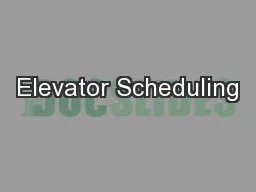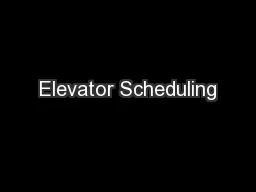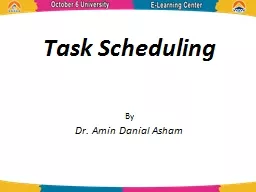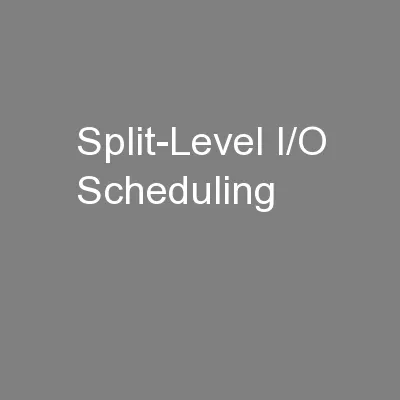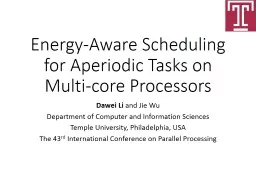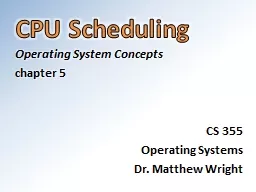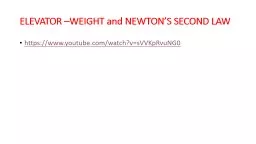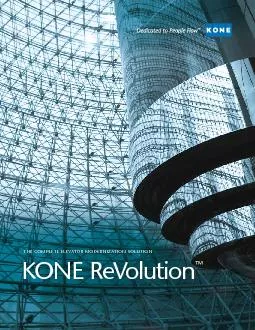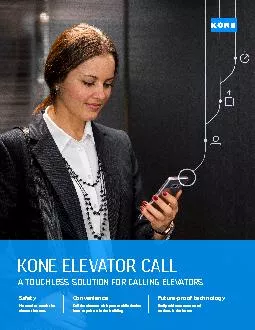PPT-Elevator Scheduling
Author : yoshiko-marsland | Published Date : 2017-04-16
Mingzhou Hu Yujian Gao Haogang Su Xiangya Yan Importance of Elevator Scheduling Percentages of buildings with elevators Wait Time New York 166 years Los Angeles
Presentation Embed Code
Download Presentation
Download Presentation The PPT/PDF document "Elevator Scheduling" is the property of its rightful owner. Permission is granted to download and print the materials on this website for personal, non-commercial use only, and to display it on your personal computer provided you do not modify the materials and that you retain all copyright notices contained in the materials. By downloading content from our website, you accept the terms of this agreement.
Elevator Scheduling: Transcript
Download Rules Of Document
"Elevator Scheduling"The content belongs to its owner. You may download and print it for personal use, without modification, and keep all copyright notices. By downloading, you agree to these terms.
Related Documents

